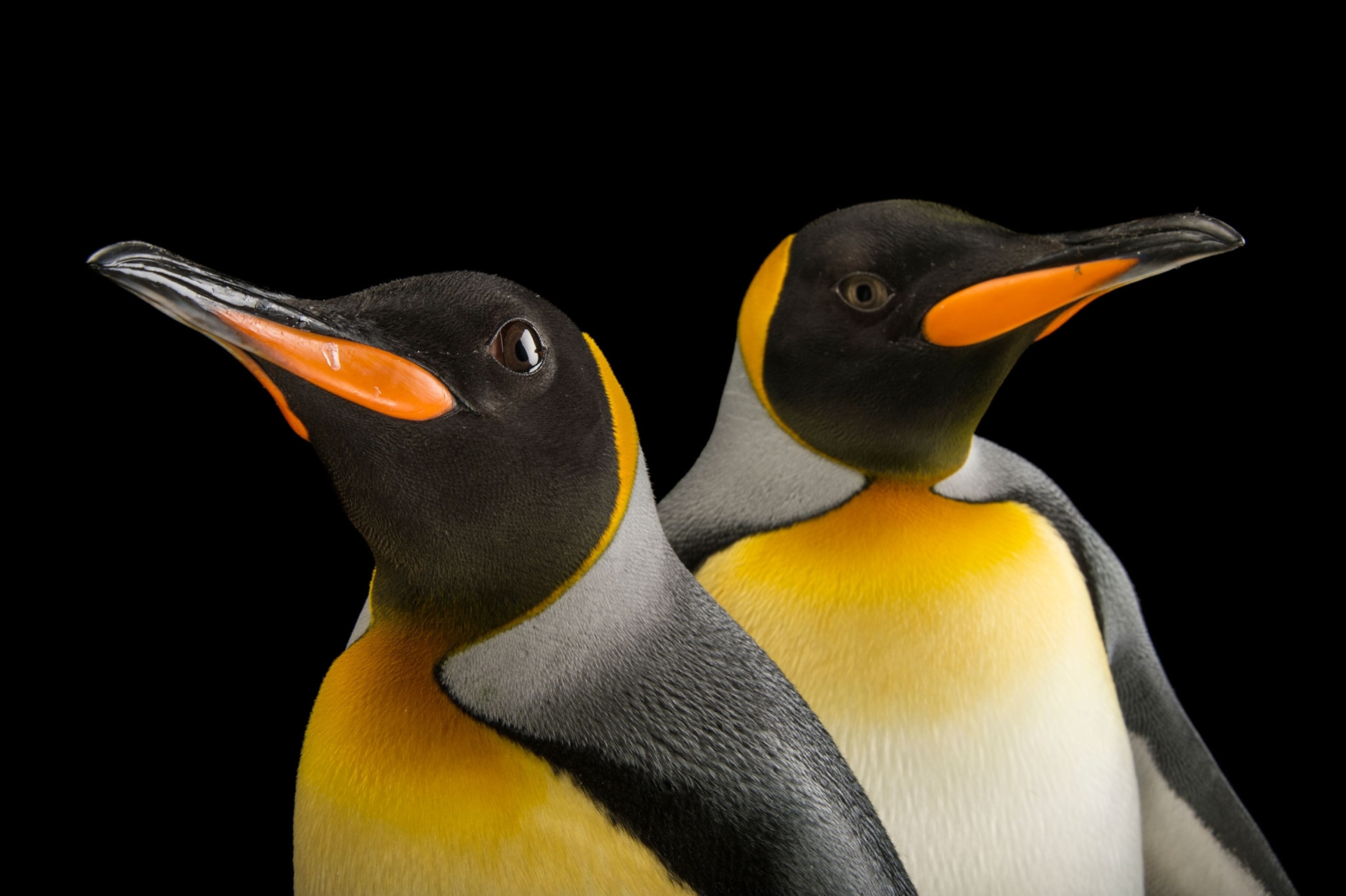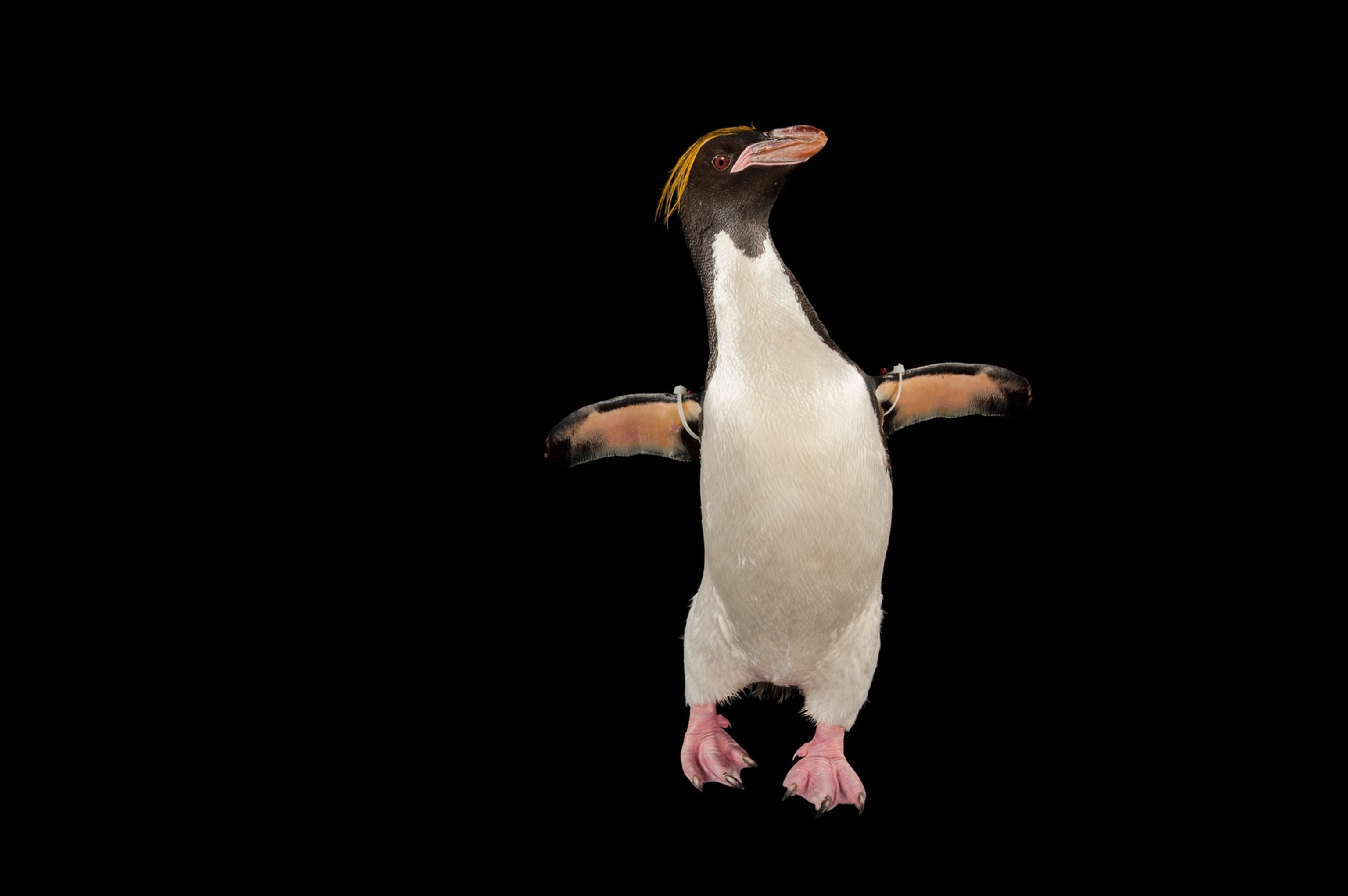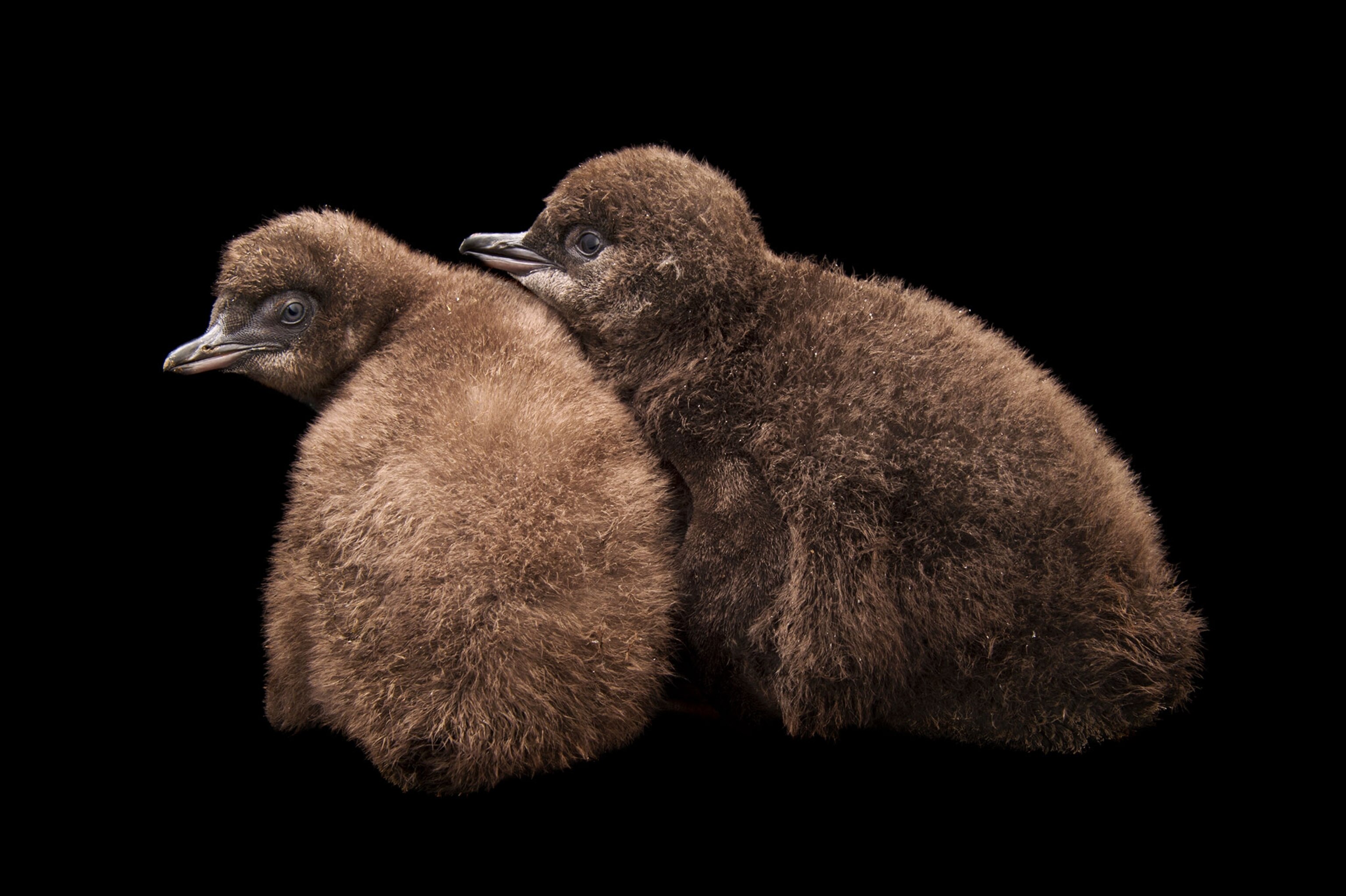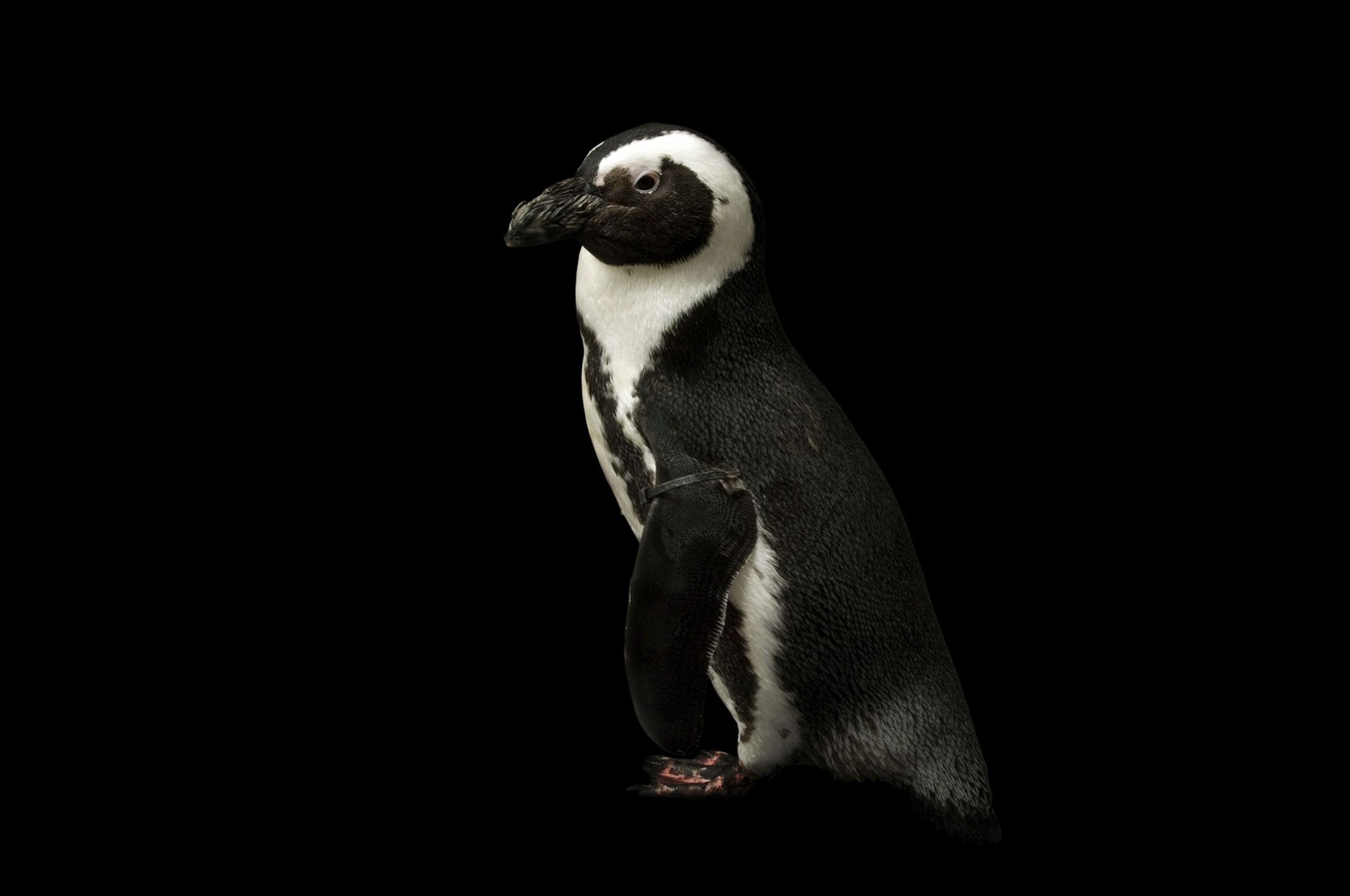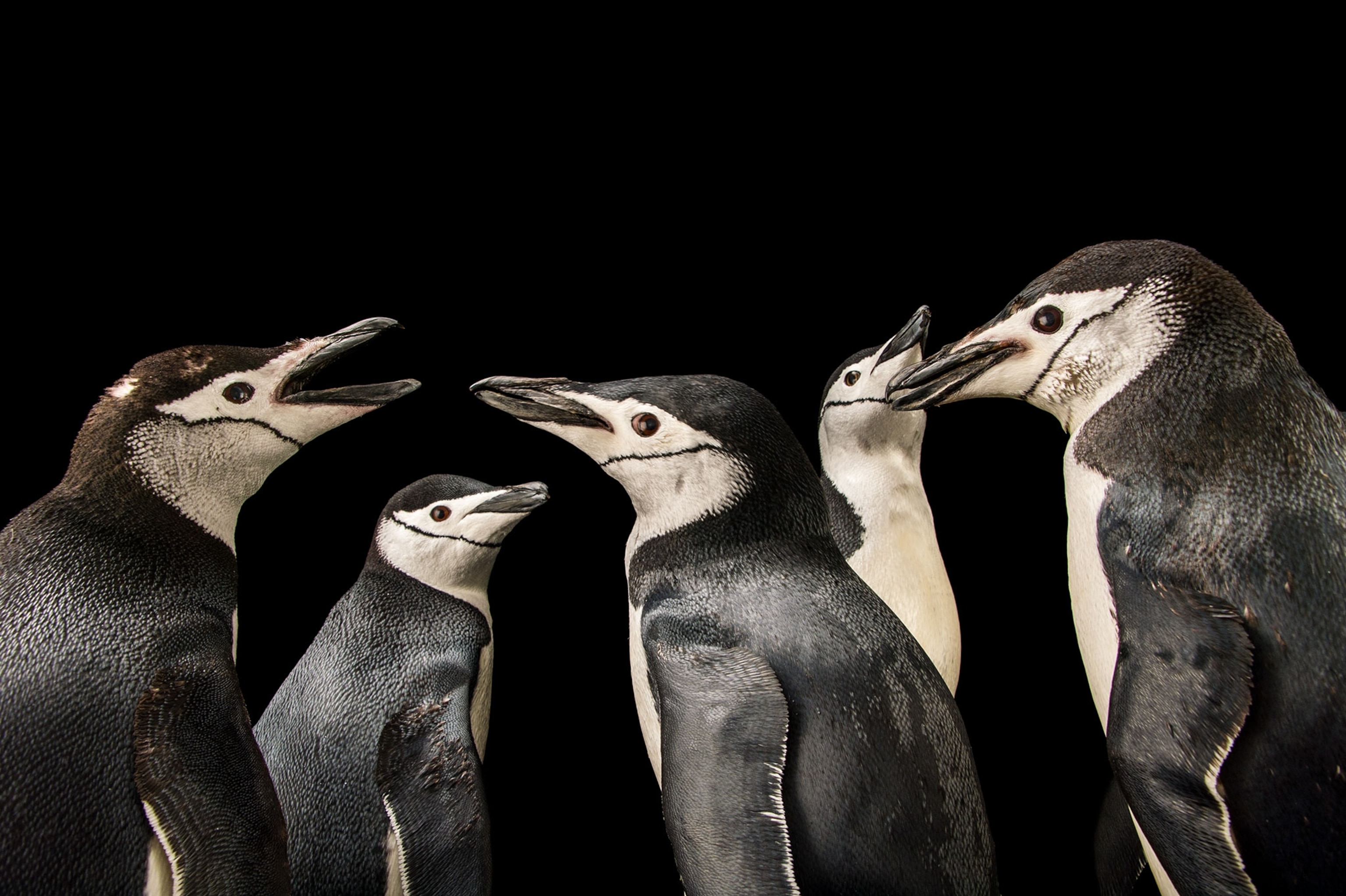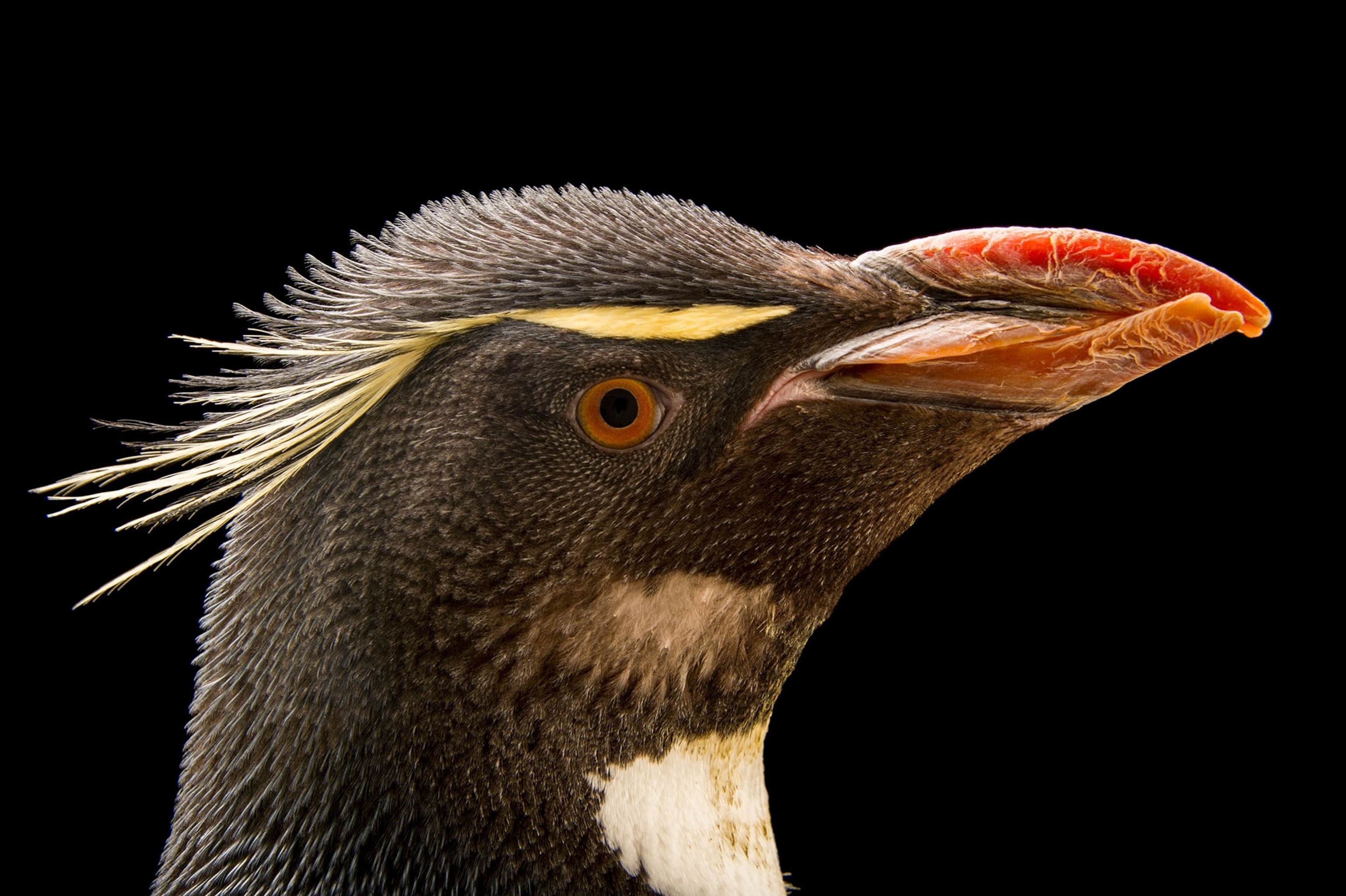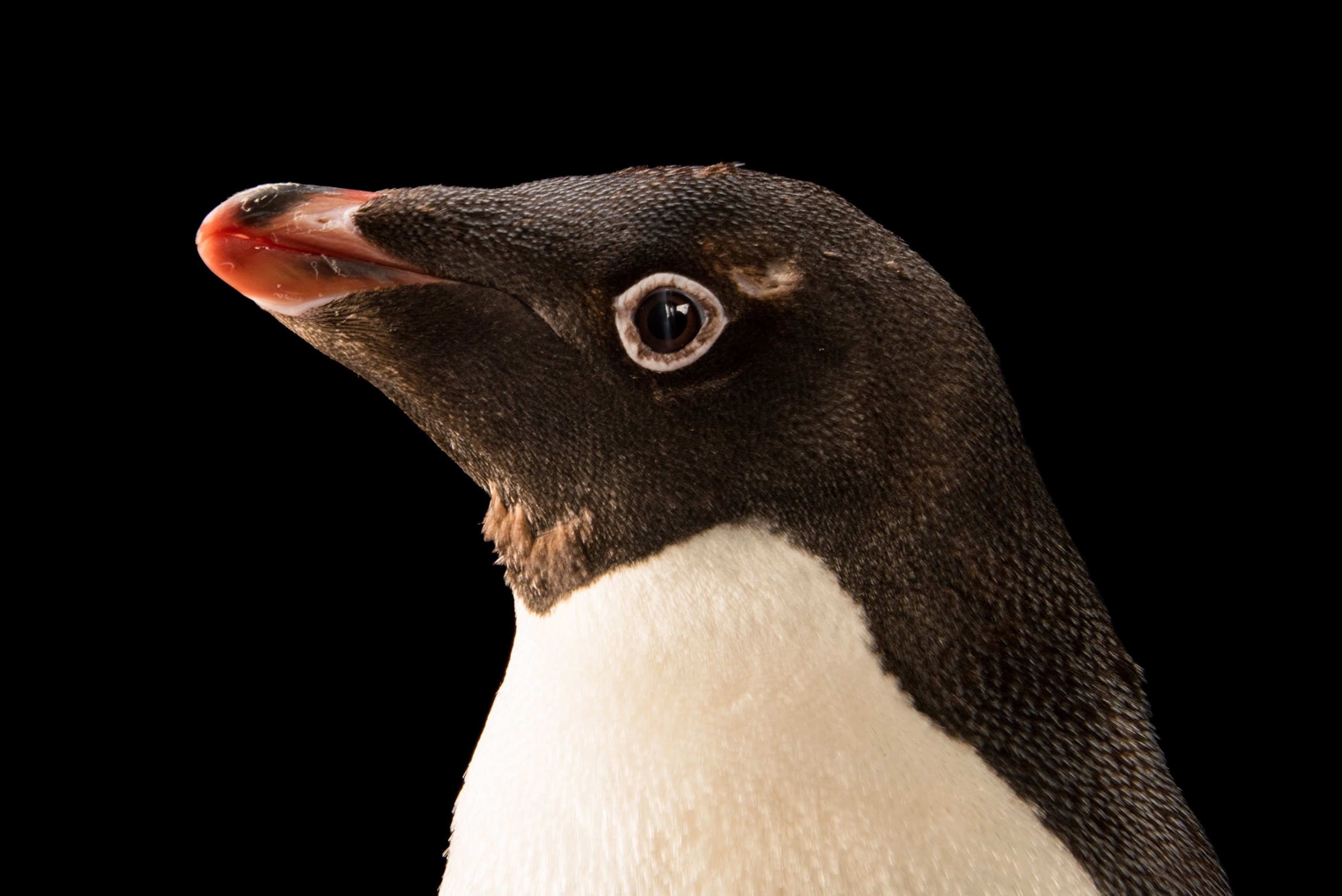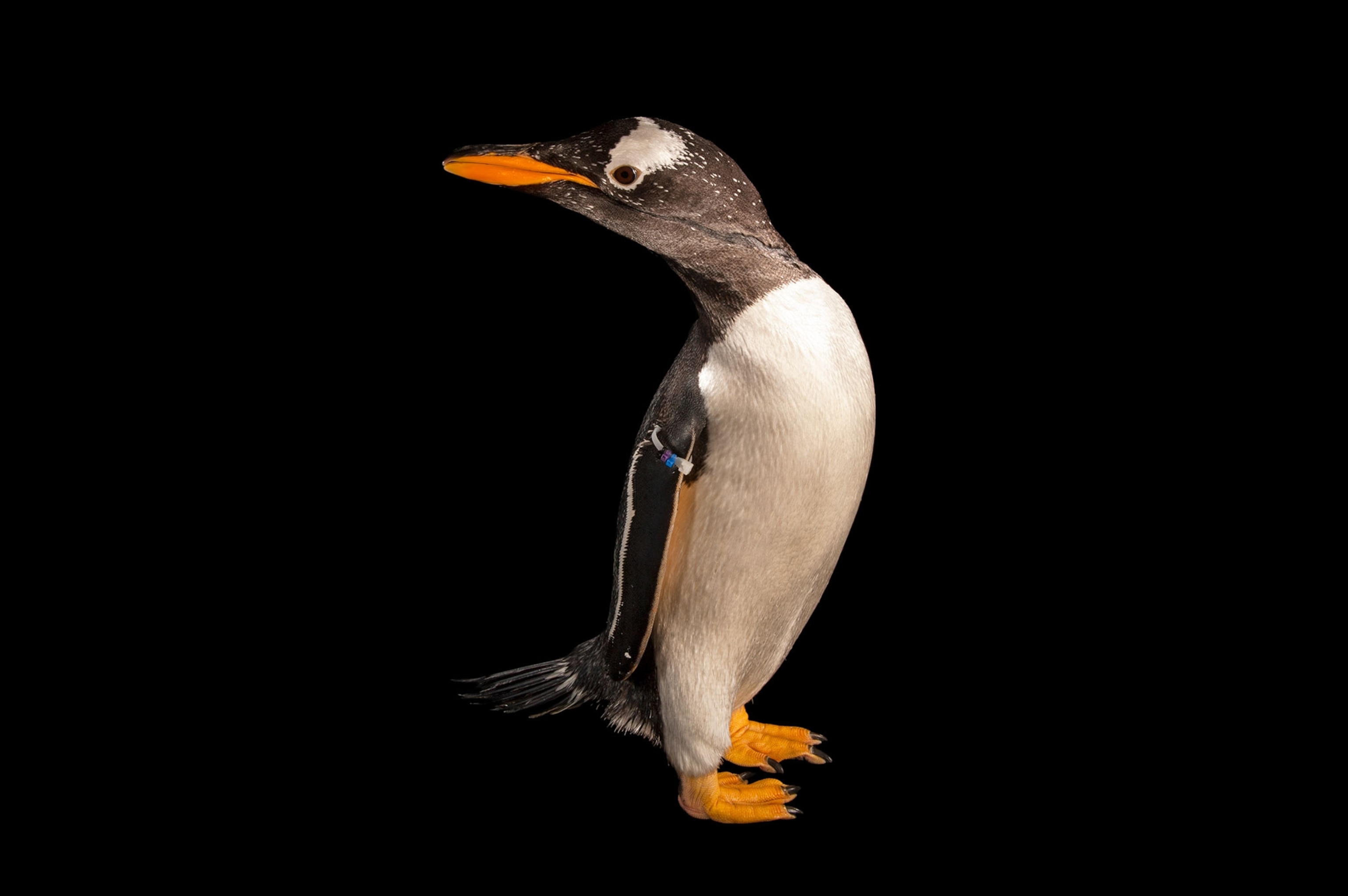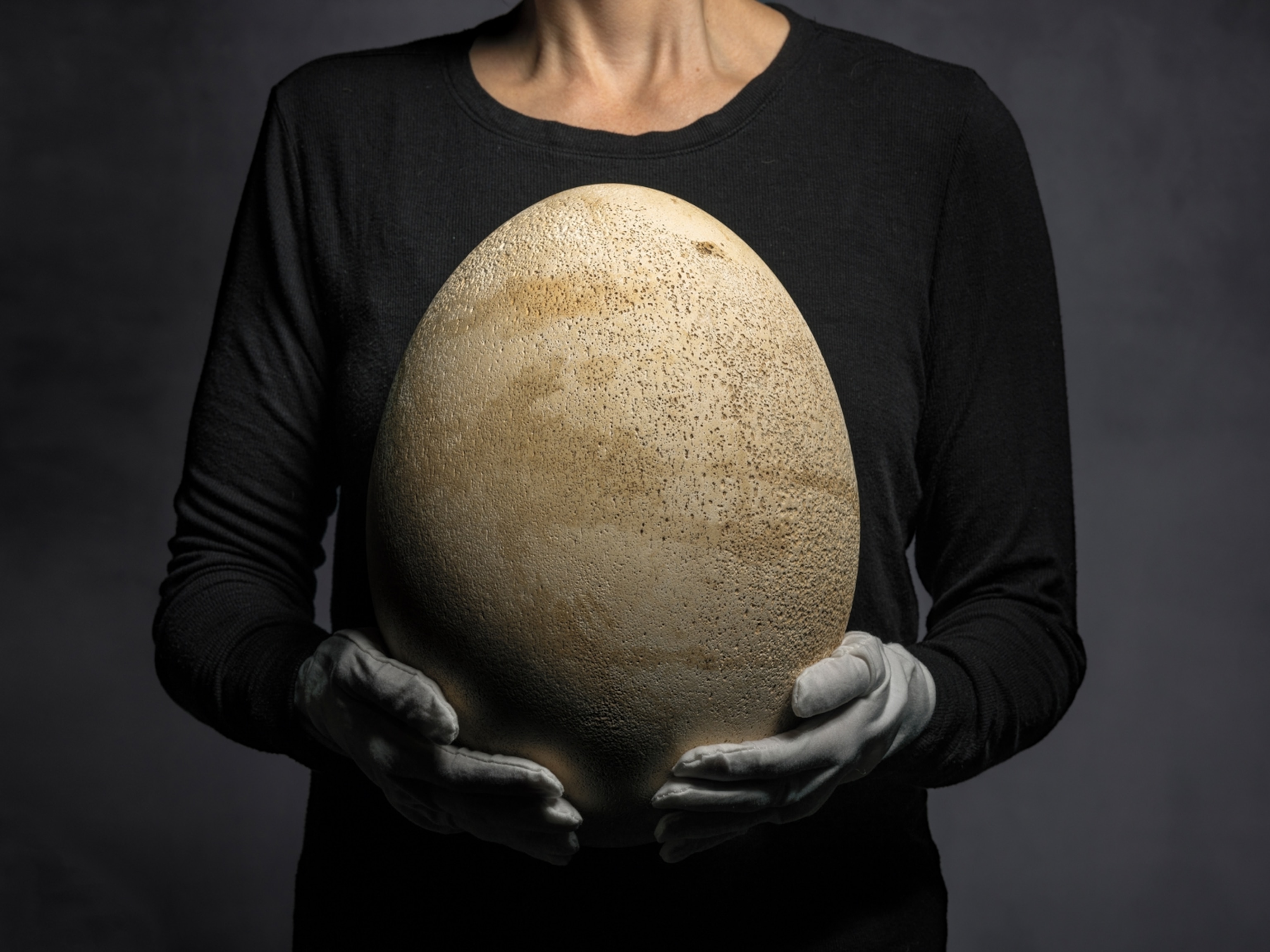Why Do Penguins Lay Asymmetrical Eggs?
Scientists studied 50,000 bird eggs from 1,400 species to discover why egg shapes vary.
Birds lay eggs of surprising variety, and scientists have long wondered why. Could it be that certain shapes protect eggs from shattering? Or perhaps allow them to fit snugly in a nest? Or was Aristotle correct when he asserted that long, pointy eggs contained females while rounder eggs held males? (He wasn’t.)
To crack the mystery about egg shapes, Princeton University evolutionary biologist Mary Caswell Stoddard and her colleagues examined almost 50,000 eggs from more than 1,400 species. They classified the eggs based on their asymmetry and ellipticity, discovering that the more pointy or oval shaped an egg, the more likely it came from a strong flier. “We were shocked to see that one of the best explanations for egg-shape variation was flight ability,” says Stoddard.
Common murres, for instance, have particularly pointy and elliptical eggs (see above)—and are expert divers. Perhaps a streamlined bird needs a streamlined egg; stout flightless birds like ostriches and emus hatch from eggs that are nearly round.
Penguins, however, break the mold: Although the aquatic birds can’t take to the air, their eggs are asymmetrical. This discovery initially left the researchers puzzled, but they developed a working hypothesis, says Stoddard: “The same processes that may influence egg shape in good fliers may also be at work in good swimmers, like penguins.”
THE YEAR OF THE BIRD
In 1918 Congress passed the Migratory Bird Treaty Act to protect birds from wanton killing. To celebrate the centennial, National Geographic is partnering with the National Audubon Society, BirdLife International, and the Cornell Lab of Ornithology to declare 2018 the Year of the Bird. Sign the pledge to find out this month's action and share your actions using #BirdYourWorld to increase your impact.
